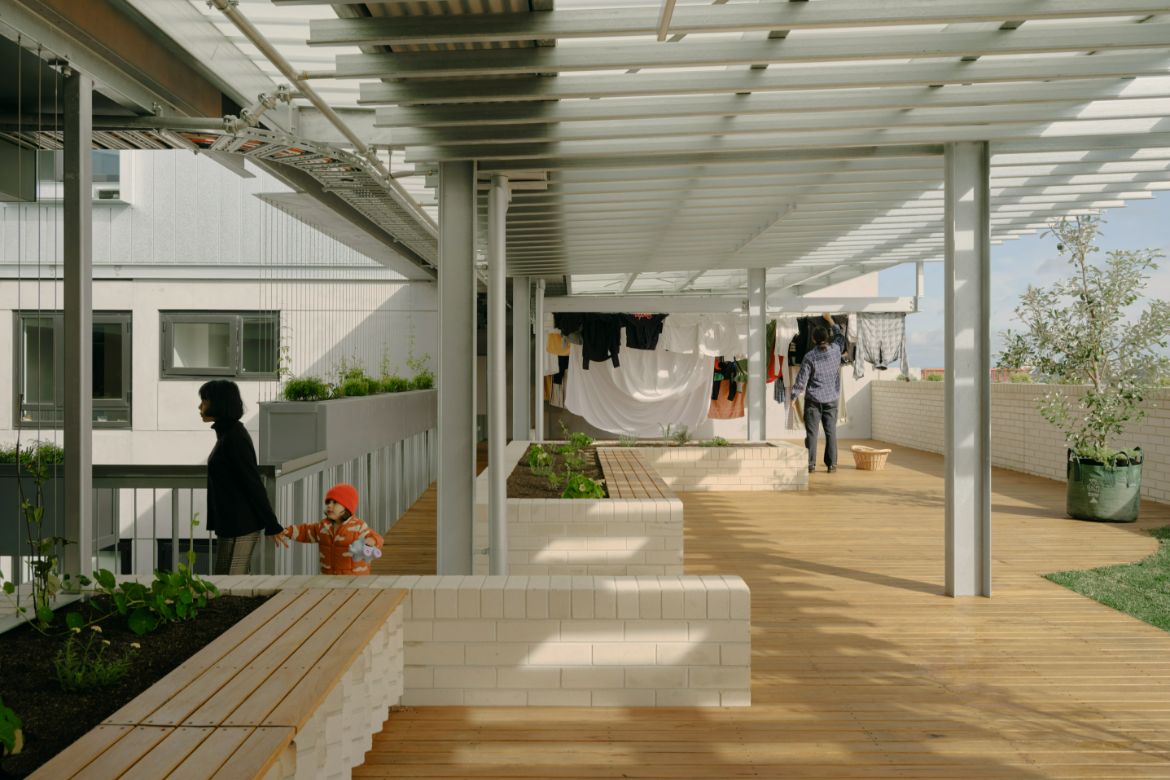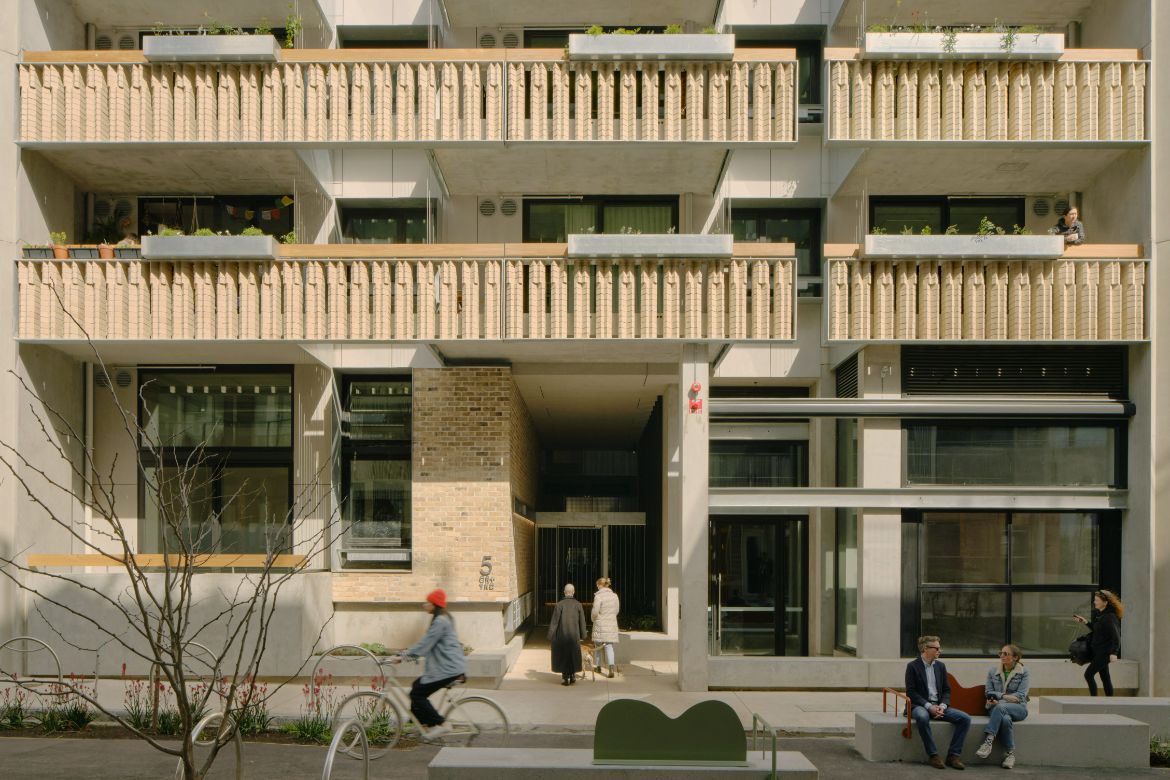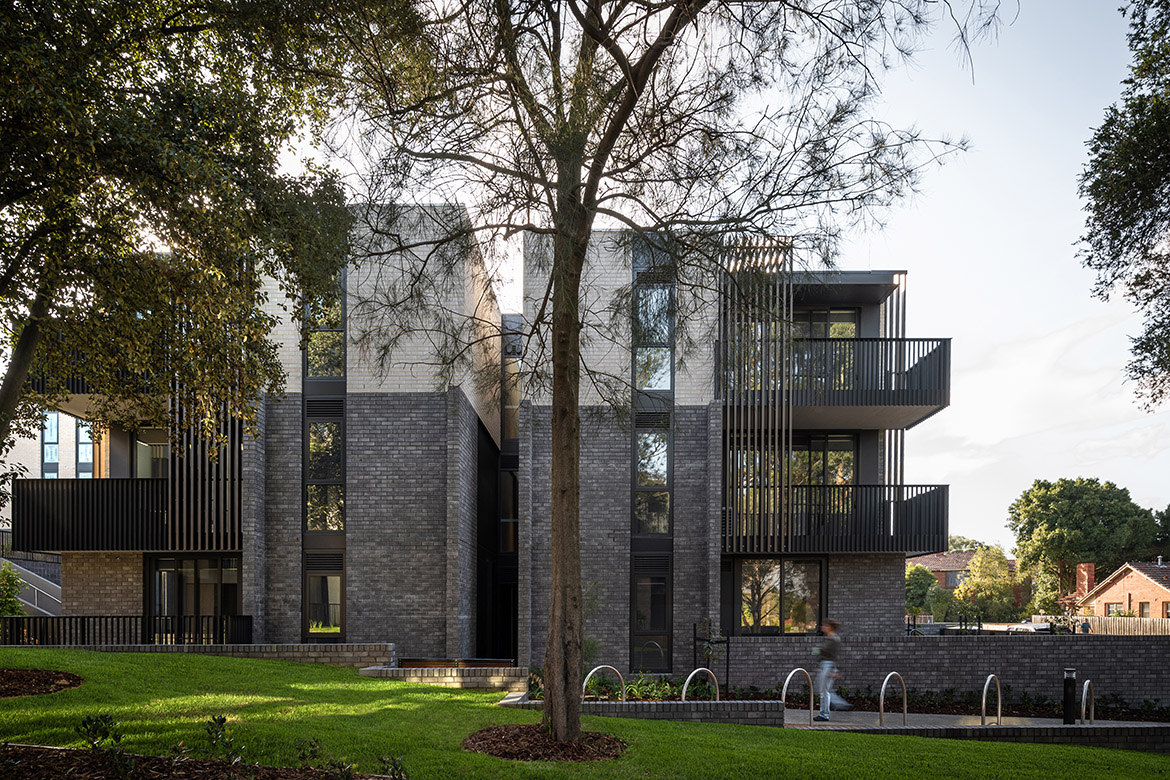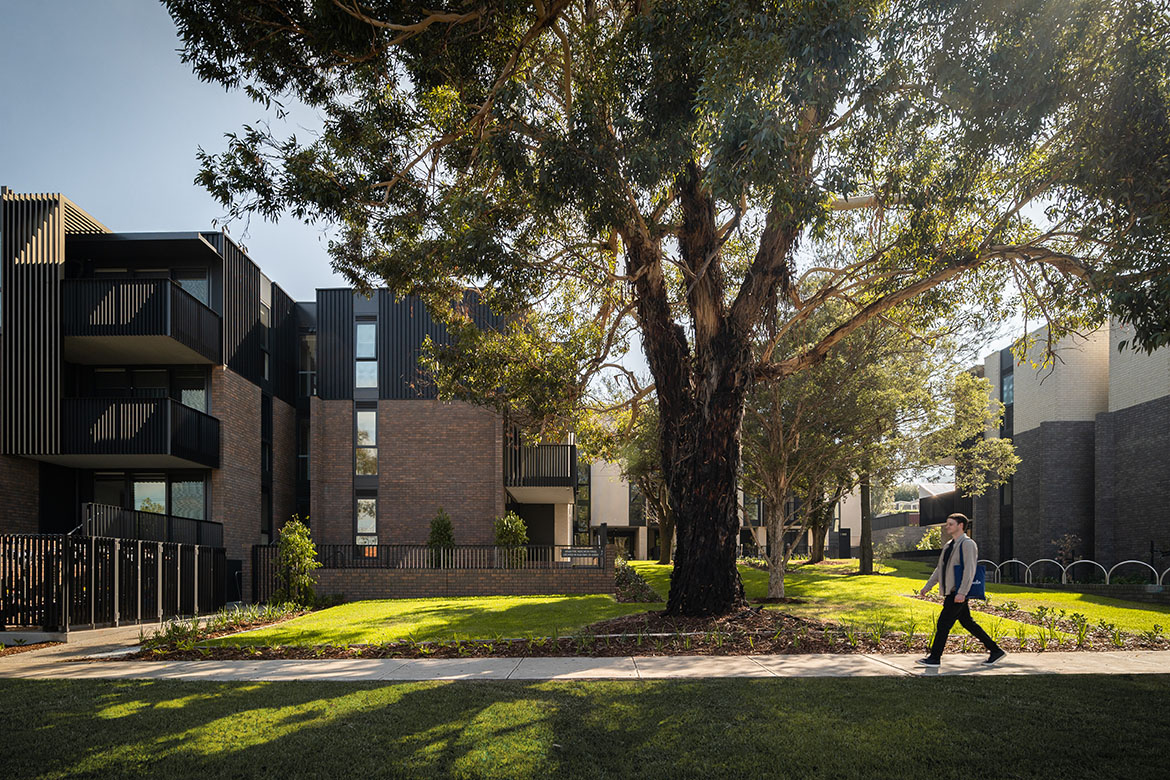Written by Eilish Barry, Hayball.
For generations, the Australian Dream has been to own your own property. But according to recent data, Australia’s housing shortfall is expected to be at least 175,000 homes by 2027. In late 2023, the government established the Housing Australia Future Fund (HAFF) which will deliver 20,000 new social housing dwellings and 10,000 affordable houses in the first five years. However, with any big investment – $10 billion in this case – and time pressures due to housing needs, there is a significant risk that these new developments will offer physical housing, but not communities.
Decades of research show that a well-designed community can enhance people’s quality of life but, historically, we have seen many developments built without people’s wellbeing in mind, resulting in places that are low quality and poorly designed.

There needs to be a new way of thinking about housing. It should not be simply measured by the number of houses that are built, but by the communities and wellbeing that is created through them.
The built environment is particularly well-placed to respond to an array of pressing global issues such as climate change, biodiversity loss, but also societal challenges. By placing wellbeing at the heart of the new HAFF housing, these developments will inherently be more livable, socially cohesive, and desirable places to live. This is now backed by the government’s National Wellbeing Framework, released in late 2023, it reflects this desire to consider wellbeing alongside economic measures of success.

So, practically speaking, how do we do this?
The consideration, tracking and measurement of social value can be the vehicle of this change. There’s no agreed definition for social value in Australia (yet), but the UKGBC define that in the context of the built environment, “social value is created when buildings, places and infrastructure support environmental, economic and social wellbeing, and in doing so improve the quality of life of people.” Social value can be created at every stage of the development – from designing for carbon zero, embedding access to green space, advocating for a more equitable ballot process for housing or even the creation of jobs and skill developments on site.
But social value is highly contextual. So naturally, the development process should start with authentic community consultation. Despite the frequent dismissal of community consultation due to time/cost pressures, local needs must be heard and understood before they can be met. Australia is wonderfully diverse in environment and people; the housing we build across our country should therefore be no different.
Related: Regenerative landscape design with Phillip Withers

The engagement needs to come from those who will be directly and indirectly impacted by the development. For lasting change, communities need to provide ongoing feedback on the design, tenure mix and what broader needs can be addressed, such as introducing mixed-use in the development such as commercial or co-working spaces.
Once the initial consultation has occurred, the relevant social value goals or outcomes can be outlined and tracked through the design process. Last year, Hayball developed an industry-first framework, in collaboration with the Australian Social Value Bank, which sought to outline social outcomes for architects for use in their projects following community consultation. These outcomes were based on leading literature including the Property Council of Australia’s Collective Social Impact Framework and the RIBA’s Social Value Toolkit, and can be selected based on local needs such as a ‘sense of belonging’ or ‘more ecologically supportive.’

In the future, when more data is available, we also hope to be able to forecast the potential social value created by a development in the early development stage and to confirm if this has been achieved after completion. This can be done through qualitative and/or quantitative data, such as surveys and Social Return on Investment calculations. This approach will allow us to quantify and compare the impact of design. By doing this, we can provide evidence for allocating resources to where they will create the most positive impact on people’s wellbeing. For example, it can help identify the design elements that should be incorporated or removed, depending on the social value that it creates or reflects on whether our design decisions delivered the outcomes we were hoping, which can help to inform future practice.
Ultimately, the decisions made by the client and design team to shape the urban fabric through projects funded through the HAFF will impact the quality of life of thousands across the country. It is our responsibility to create new housing developments that inspire social connection and increase a sense of wellbeing, not just to deliver physical buildings.
Without doing so, we run the risk of creating increased social isolation, further disruption of the climate and a lack of community resilience. Social value creation and measurement in the built environment is a powerful vehicle to help ensure better outcomes for both people and the planet.
Hayball
hayball.com.au
Photography
Tom Ross (Nightingale Village), Henry Lam (Dunlop Avenue)

More ideas about housing with Pritzker Prize-winners, Location & Vassal

